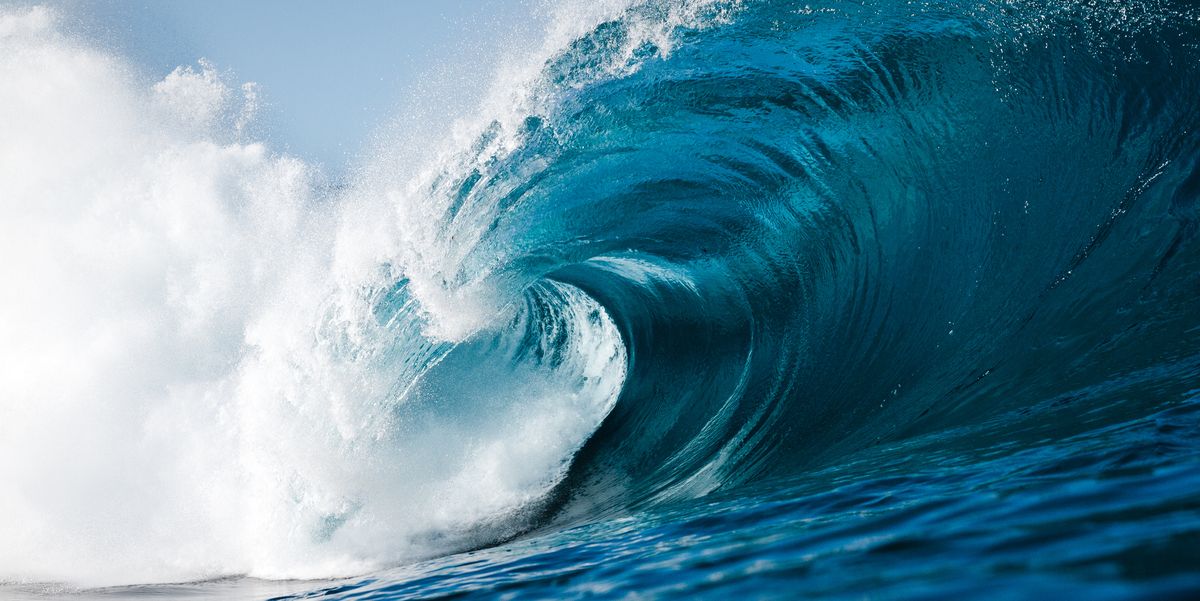Ocean Wave Interaction with Ships and Offshore Energy Systems
$ 9.00 · 4.8 (587) · In stock
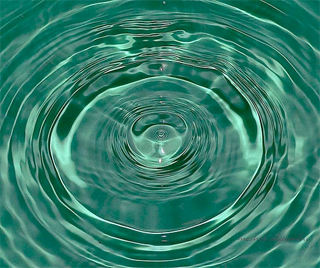
The subject introduces the principles of ocean surface waves and their interactions with ships, offshore platforms and advanced marine vehicles. Surface wave theory is developed for linear and nonlinear deterministic and random waves excited by the environment, ships, or floating structures. Following the development of the physics and mathematics of surface waves, several applications from the field of naval architecture and offshore engineering are addressed. They include the ship Kelvin wave pattern and wave resistance, the interaction of surface waves with floating bodies, the seakeeping of ships high-speed vessels and offshore platforms, the evaluation of the drift forces and other nonlinear wave effects responsible for the slow-drift responses of compliant offshore platforms and their mooring systems designed for hydrocarbon recovery from large water depths. This course was originally offered in Course 13 (Department of Ocean Engineering) as 13.022. In 2005, ocean engineering subjects became part of Course 2 (Department of Mechanical Engineering), and this course was renumbered 2.24.

Pin by <3 on nature Nature, Structures, Canal
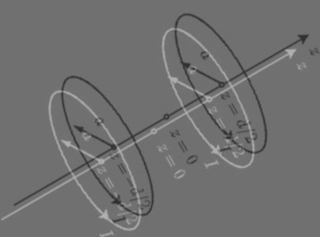
Electromagnetic Wave Theory Electrical Engineering and Computer
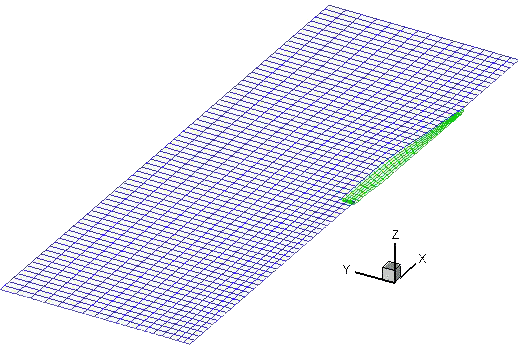
Swan Sample 1 Ocean Wave Interaction with Ships and Offshore
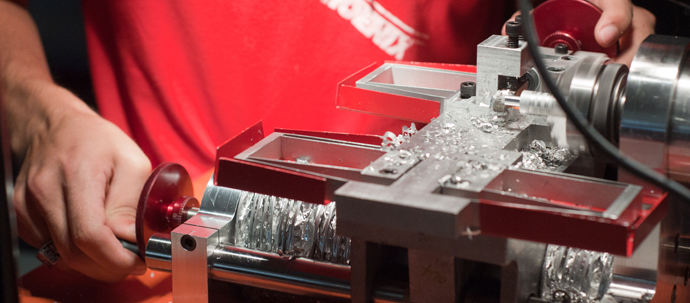
Mechanical Engineering, MIT OpenCourseWare

Environment Courses, MIT OpenCourseWare
Wave Propagation and Diffraction: Igor T. Selezov Yuriy G
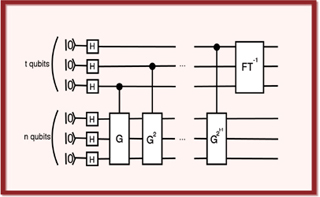
Quantum Computation, Mathematics
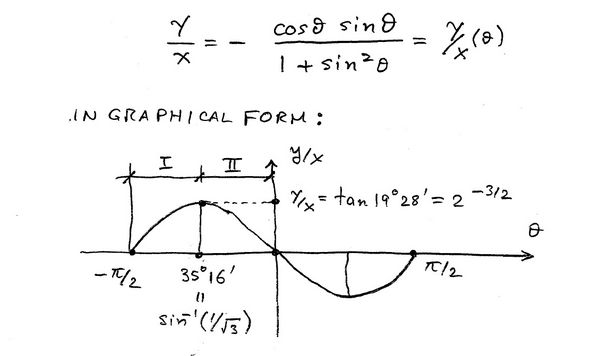
Ship Kelvin Wake - WikiWaves

Modeling and Assessment for Policy
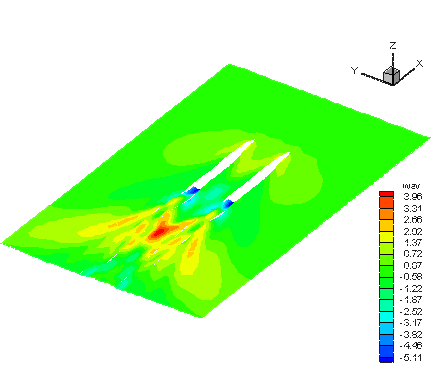
Swan Sample 10 Ocean Wave Interaction with Ships and Offshore

Electromagnetics and Applications
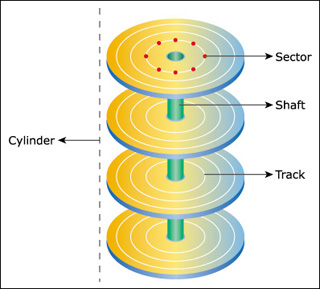
Principles of Computer Systems Electrical Engineering and

Water Ripple Ripples - Free photo on Pixabay
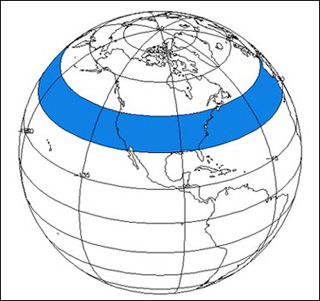
Environmental Engineering Applications of Geographic Information
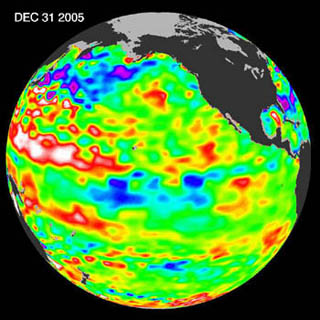
Hydrodynamics (13.012), Mechanical Engineering



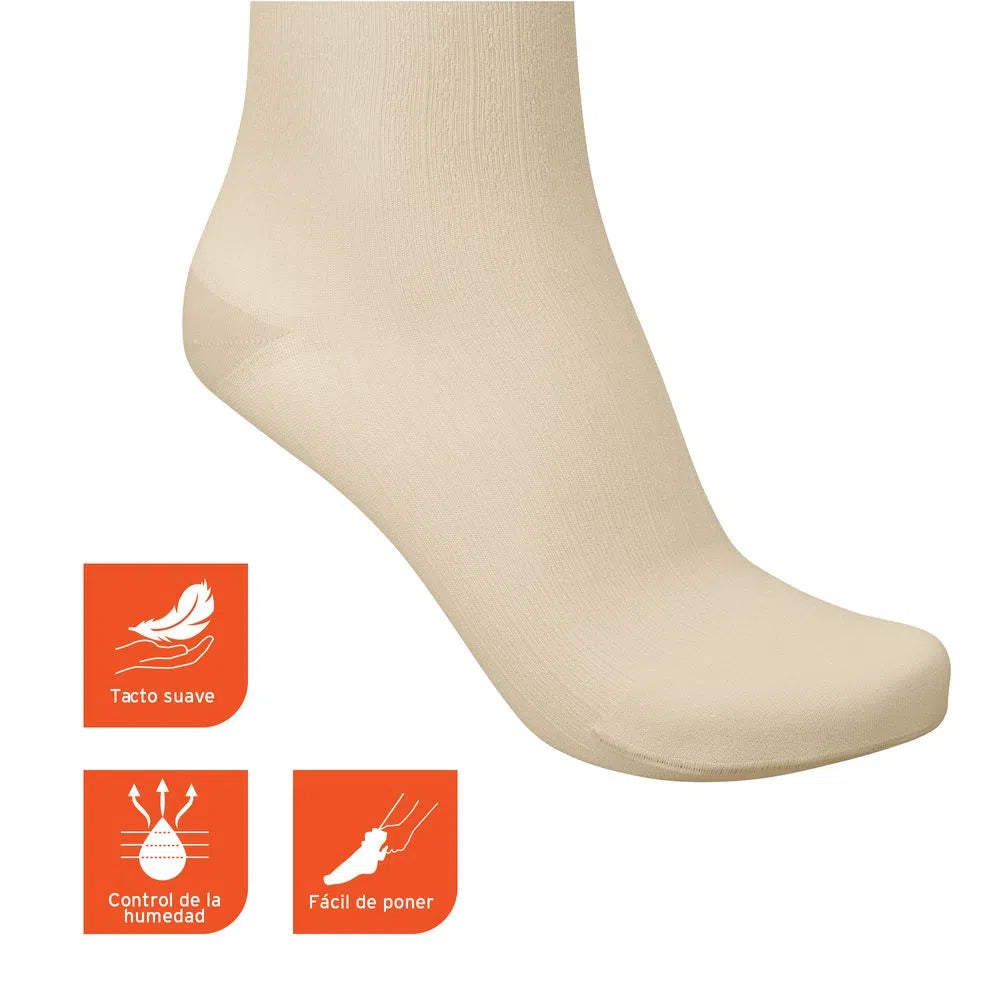



/https://tf-cmsv2-smithsonianmag-media.s3.amazonaws.com/filer/ba/f7/baf7b023-20d3-4d1e-8e7f-ca59c5089f81/42-18599721.jpg)
